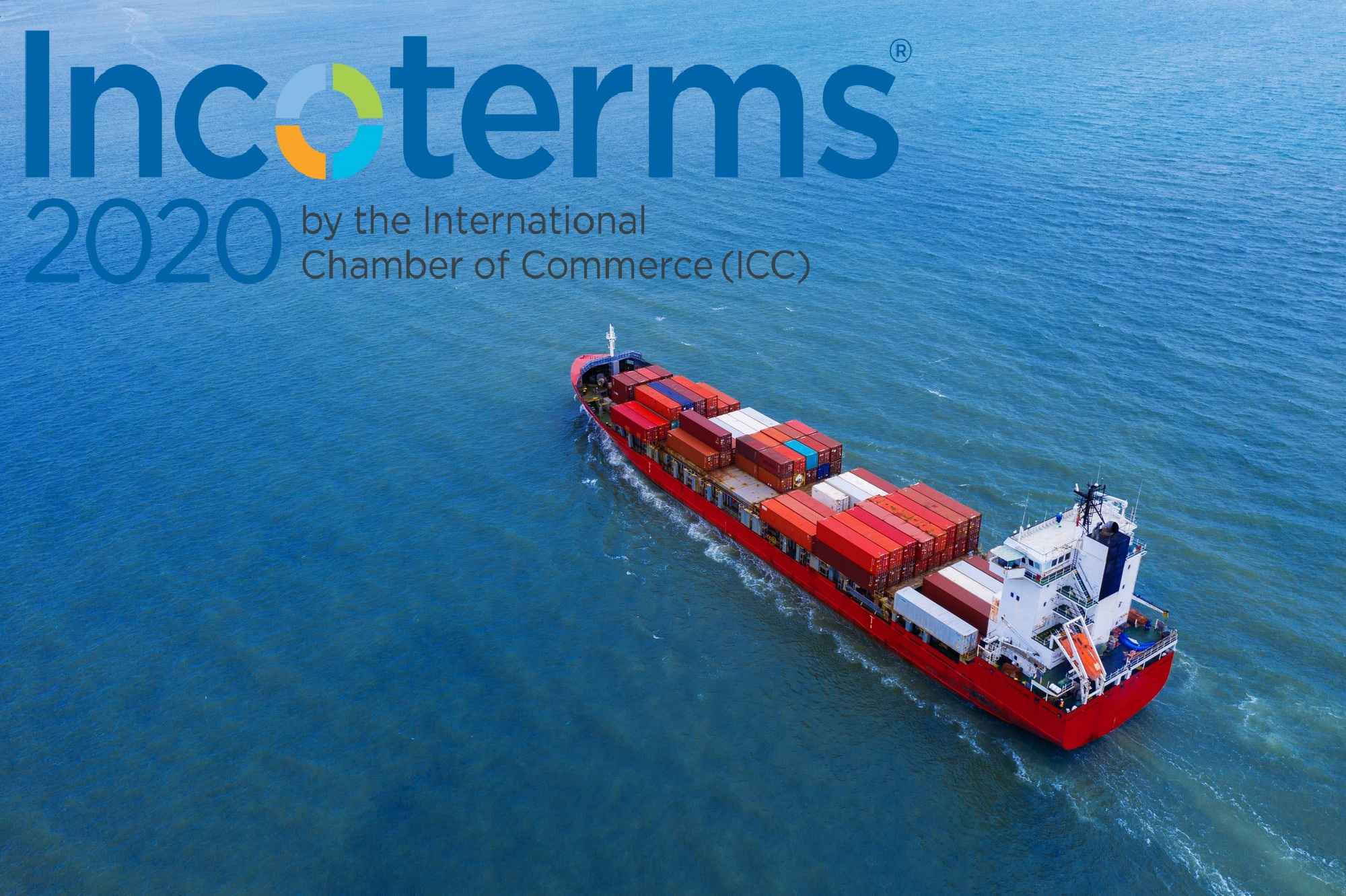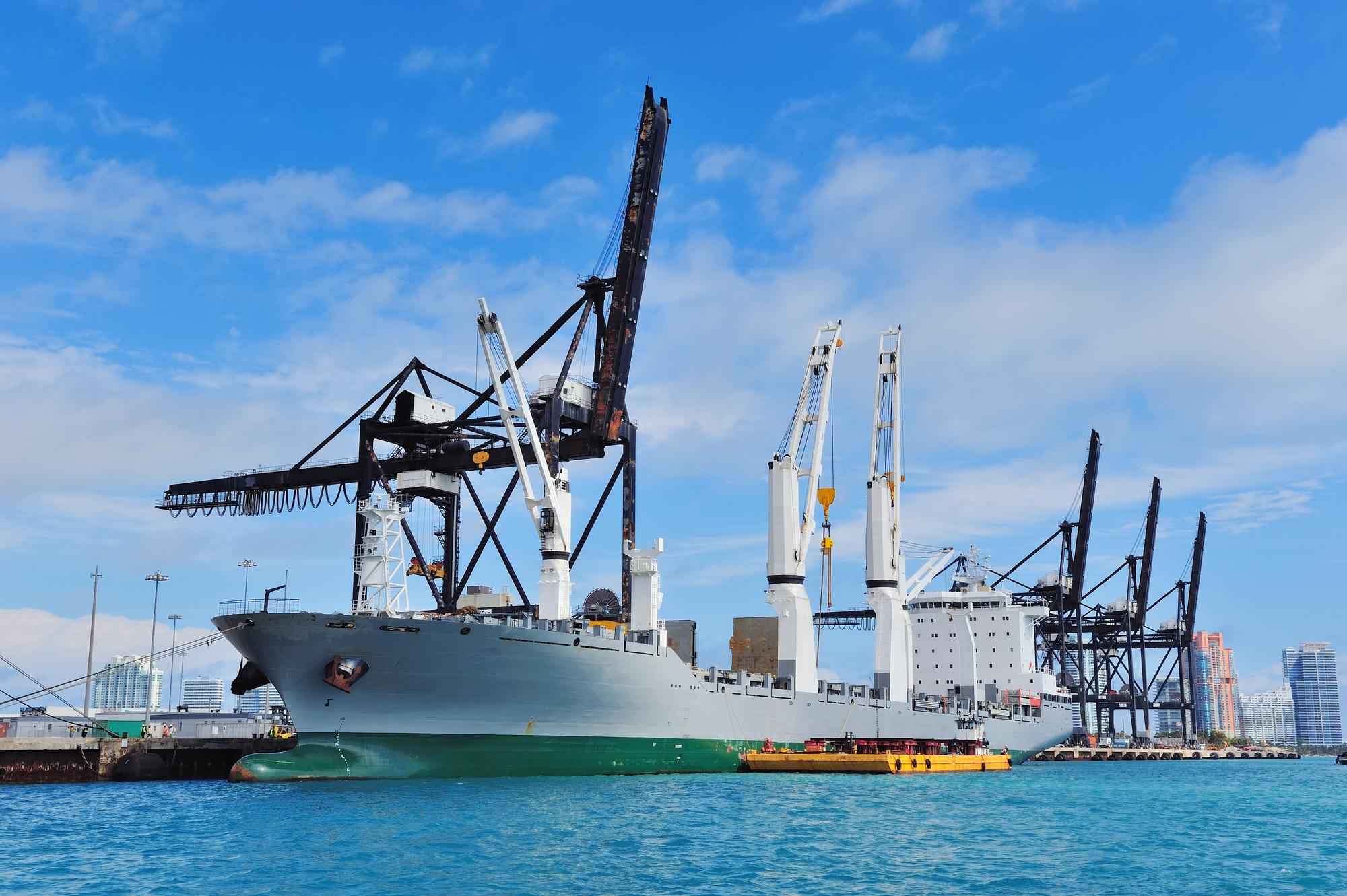
Article content:
International logistics is considered a complex industry, but it is simplified through the use of commonly accepted terms. One of these is CFR (Cost and Freight) Incoterms. This condition defines which party to the transaction — the seller or the buyer — is responsible for costs and risks at different stages. DiFFreight brokers will explain without complications what CFR is, its pros and cons, and what problems may be expected.
CFR stands for Cost and Freight, which fully explains the essence of this type of Incoterms. The shipper undertakes to deliver the goods to the final port, paying the transportation cost. Under CFR, the transfer of ownership (and risks) occurs when the cargo is placed on board the vessel.
CFR only covers sea and inland waterway transport.
Seller’s (shipper’s) obligations:
Buyer’s (cargo recipient’s) obligations:
Unlike CIF conditions, insurance is not the responsibility of the shipper. The buyer independently decides on insurance during transportation.
Let’s highlight the main pros and cons for buyers (recipients). Why choose this term:
Disadvantages include:
Overall, CFR is convenient when the seller has connections with carriers that offer international sea logistics at good freight rates. And the buyer wants to receive the goods at the port, assuming the risks, insurance, and costs after arrival.

The editions do not contain significant changes in the conditions themselves, but clarifications are added from version to version.
It is traditionally recommended to use the latest version of Incoterms — it is the most accurate and complete.
CFR has already clearly defined the obligations of the parties. The key moment of risk transfer was considered to be the crossing of the “ship’s rail” at the port of shipment.
The phrase “ship’s rail” was replaced with a precise indication — the risk transfers when the goods are “on board the vessel.” This removed the previous ambiguity. The distribution of terminal operation costs was described more precisely, with a recommendation for the parties to record agreements in writing.
The article “Allocation of Costs” now clearly outlines the parties’ expenses. Responsibilities related to transport security (e.g., container inspection) and their costs are also distributed. The explanatory notes have been expanded to help users choose the appropriate Incoterms rule.
One of the main changes concerned container shipping. For this, the CPT term is recommended. This is due to the fact that goods are often handed over to the carrier at a terminal, not during loading “on board the vessel.” Using CFR in such cases can lead to ambiguity in the timing of risk transfer.
Communication during the transaction is a key factor in avoiding problems. But not all sellers, and even less so buyers, know what to pay attention to. Here are the top 3 main problems of the delivery terms:
This is a fundamental issue with these Incoterms conditions. Delays in transit or at the port (for example, due to congestion) can cause demurrage*, detention**, or other charges that will fall on the buyer’s shoulders.
*Demurrage — a fee for a container (loaded or empty) staying in the port/terminal area longer than the free period.
**Detention — a charge if the container stays with the client longer than allowed. Recall that most companies rent containers, which is why detention occurs.
Demurrage, detention, storage: how to avoid fines during sea transportation

The shipper chooses the carrier themselves. And most often they want to save money by choosing a less-known or cheaper shipping line. This leads to:
If the goods arrive damaged, it is difficult to determine the moment to file a claim. Also, because the freight is paid by the shipper, many buyers mistakenly think that the shipper is responsible for the cargo until arrival at the final port.
CFR does not always clearly define who bears the unloading costs, so this clause is necessarily written into the contract. This is the easiest way to avoid disputes and delays in cargo clearance at the terminal.
The seller is obliged to hand over the transport document (usually a bill of lading) to the buyer. Problems arise if it is issued with errors or sent late. It is recommended to involve a third party that provides customs brokerage services. Due to a lack of knowledge, your cargo may be delayed at customs, which entails additional costs.
Is your cargo waiting to be shipped by sea, but you are not familiar with international logistics? Schedule a consultation with DiFFreight experts and brokers. We will explain in detail the CFR Incoterms 2020 delivery conditions. We provide both logistics services and informational support — build an effective chain, getting the maximum benefit from your chosen Incoterms!